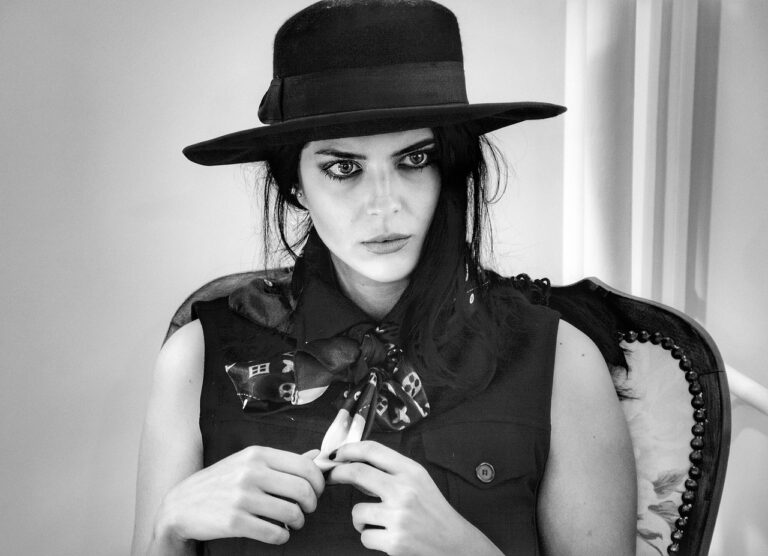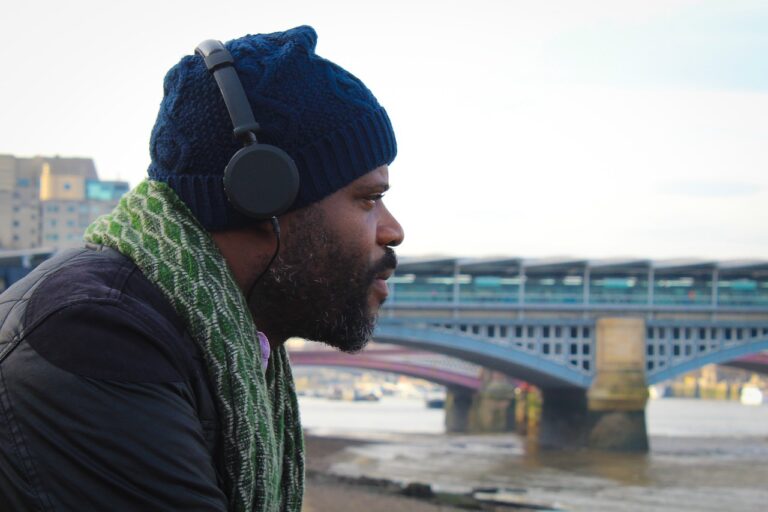Fashion Retail Trends: The Shift Towards Online Shopping and Virtual Try-Ons
Over the past few years, the fashion industry has experienced a significant shift towards online shopping and virtual try-ons. With the rise of e-commerce platforms and advancements in technology, more and more consumers are turning to the internet to satisfy their fashion needs. In this article, we will explore the driving forces behind this shift, the benefits for both retailers and consumers, and the future of fashion retail in the digital age.
The Rise of E-Commerce in Fashion Retail
One of the major factors contributing to the shift towards online shopping in the fashion industry is the rise of e-commerce platforms. With the convenience of shopping from the comfort of their own homes, consumers are increasingly turning to online retailers to purchase clothing and accessories. In fact, according to a recent study, e-commerce sales in the fashion industry are expected to reach $100 billion by 2022.
Advancements in Technology
Another key driver of the shift towards online shopping in the fashion industry is advancements in technology. Virtual try-on tools, for example, allow consumers to try on clothing and accessories digitally before making a purchase. This not only enhances the shopping experience but also reduces the likelihood of returns, which can be costly for retailers. Additionally, augmented reality (AR) technology is being used by some retailers to create virtual fitting rooms, where consumers can see how clothing will look on them in real-time.
The Benefits of Online Shopping and Virtual Try-Ons
There are numerous benefits to both retailers and consumers when it comes to online shopping and virtual try-ons. For retailers, e-commerce allows them to reach a larger audience and reduce overhead costs associated with physical stores. Virtual try-on tools can also help to increase conversion rates and reduce returns, leading to higher profits. For consumers, online shopping provides convenience and a wider selection of products to choose from. Virtual try-ons can also help consumers make more informed purchase decisions, leading to higher satisfaction levels.
The Future of Fashion Retail
As technology continues to advance, we can expect to see even more innovations in the fashion retail industry. Virtual reality (VR) technology, for example, has the potential to completely transform the shopping experience by allowing consumers to virtually walk through stores and interact with products in a truly immersive way. Artificial intelligence (AI) is also being used by some retailers to personalize the shopping experience, recommending products based on consumers’ preferences and buying behaviors.
FAQs
1. How accurate are virtual try-on tools?
Virtual try-on tools have become increasingly accurate in recent years, thanks to advancements in technology. While they may not be 100% perfect, they can provide a good indication of how clothing and accessories will look on an individual.
2. Are virtual fitting rooms replacing physical fitting rooms?
Virtual fitting rooms are not necessarily replacing physical fitting rooms, but they are providing an additional option for consumers to try on clothing and accessories. Some retailers may choose to offer both virtual and physical fitting rooms to cater to different preferences.
3. How are retailers using AI in the fashion industry?
Some retailers are using AI to personalize the shopping experience for consumers, recommending products based on their preferences and buying behaviors. AI can also be used to optimize pricing strategies and inventory management.
Overall, the shift towards online shopping and virtual try-ons in the fashion industry is a trend that is here to stay. As technology continues to advance, we can expect to see even more innovations that will further enhance the shopping experience for consumers and retailers alike.







